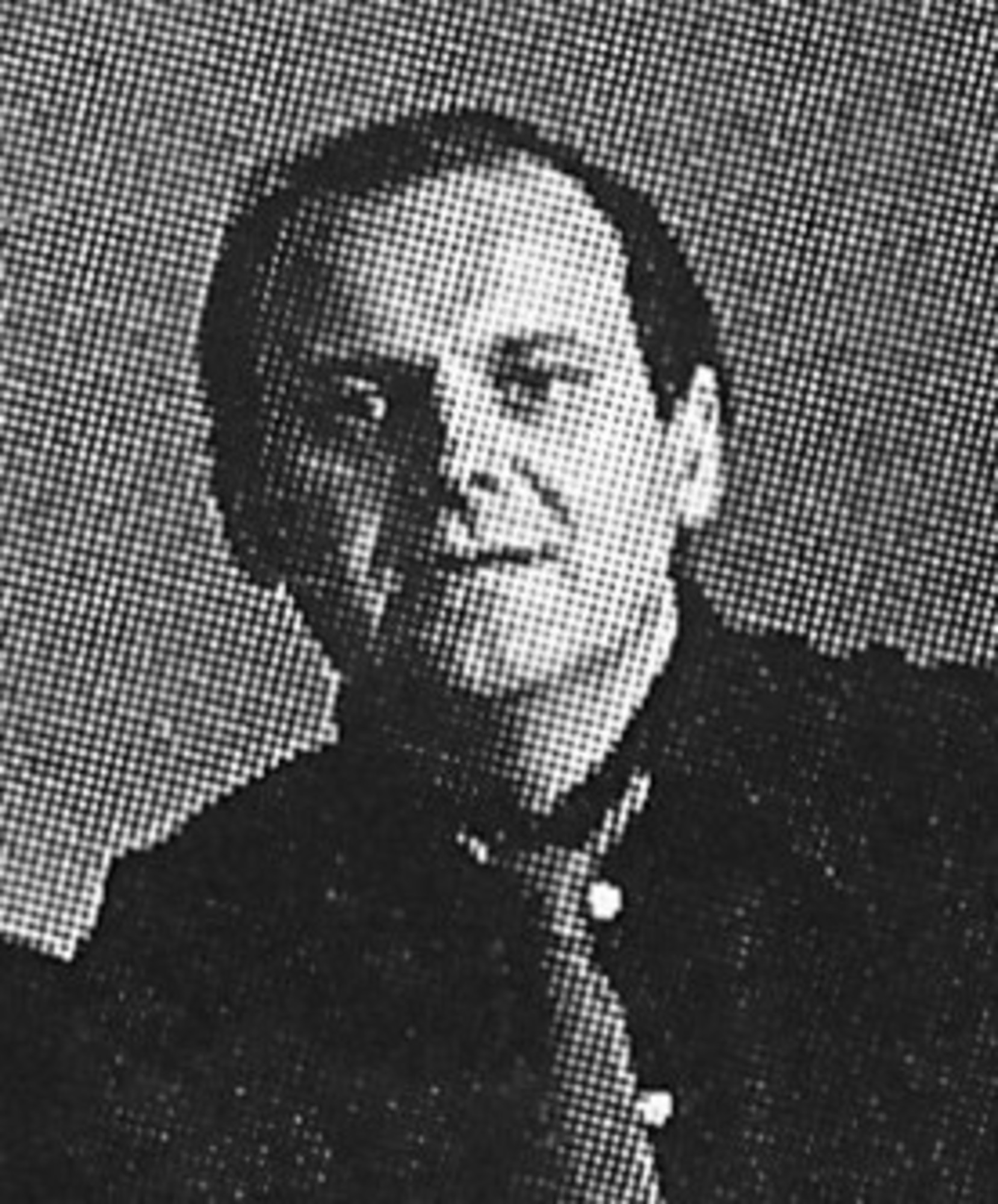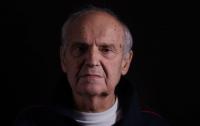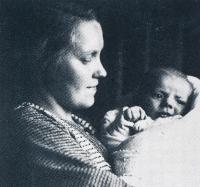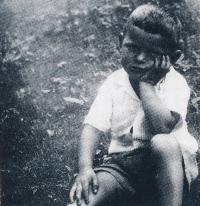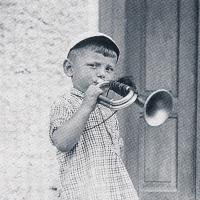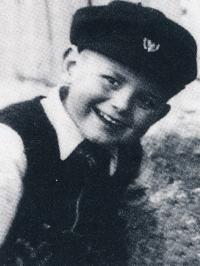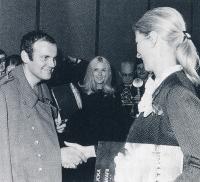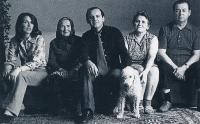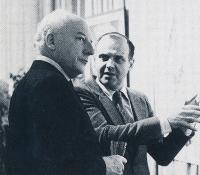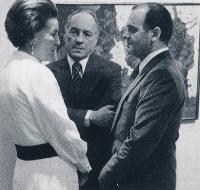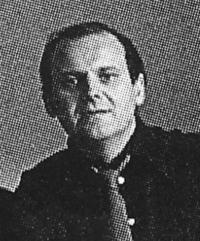A painter can only paint based on profound experience
Jiří Anderle was born on 14 September 1936 in the village of Pavlíkov near Rakovník. His dad, a Chod (“Walker”, a historical minority in Bohemia) by origin, died of tuberculosis when Jiří was six years old. His mum later married a local barber and hairdresser whom Jiří assisted in his shop. As a child he witnessed allied airstrikes on Rakovník as well as the passage of a German army to American captivity. His grandparents initially expected him to take over their farm when he grows up but after the 1948 communist putsch, he was about to become a miner. Instead, thanks to an elementary school teacher who recognized his talent for arts, he was admitted to an arts school which predetermined his following life. As a fifteen-year-old he moved to Prague, both studying fine arts techniques and gaining general education. In 1953 he became a drummer in a big bang and for the next eight years travelled local village parties. In 1955 he was admitted to the Academy of Fine Arts in Prague. Following graduation he accepted the offer of Jiří Srnec to become a member of his Black Light Theatre ensemble. The theatre soon became internationally renowned and in the cominh years, Jiří Anderle toured the world with it. In 1964 he married Milada, another ensemble member, at a consulate in Australia. After a lengthy creative crisis he began working on graphic images. In 1966 his works were included in a ground-breaking exhibition Current Tendencies of Czech Fine Arts. After 1968 he left the Black Light Theatre and focused on independent arts work. His works soon won global acclaim. He was awarded the Grand Prix at the Ljubljana Biennale and his graphics called Cruel Game for a Man was proclaimed the most significant graphics works of the 1970s decade. However, the communist regime censored any news about his international successes. During the 1970s and 1980s, Jiří Anderle became friends with Olga and Václav Havel, Pavel Kohout or Bohumil Hrabal. After the Velvet Revolution he founded his own gallery located in Prague’s Pellé Villa. In 2014 it had moved to his hometown Pavlíkov. Ever since 1997 he has produced a weekly show for the Czech Radio, called Love for Love. At present he is working on his retrospective exhibition which will be held in Prague’s Municipal House.
